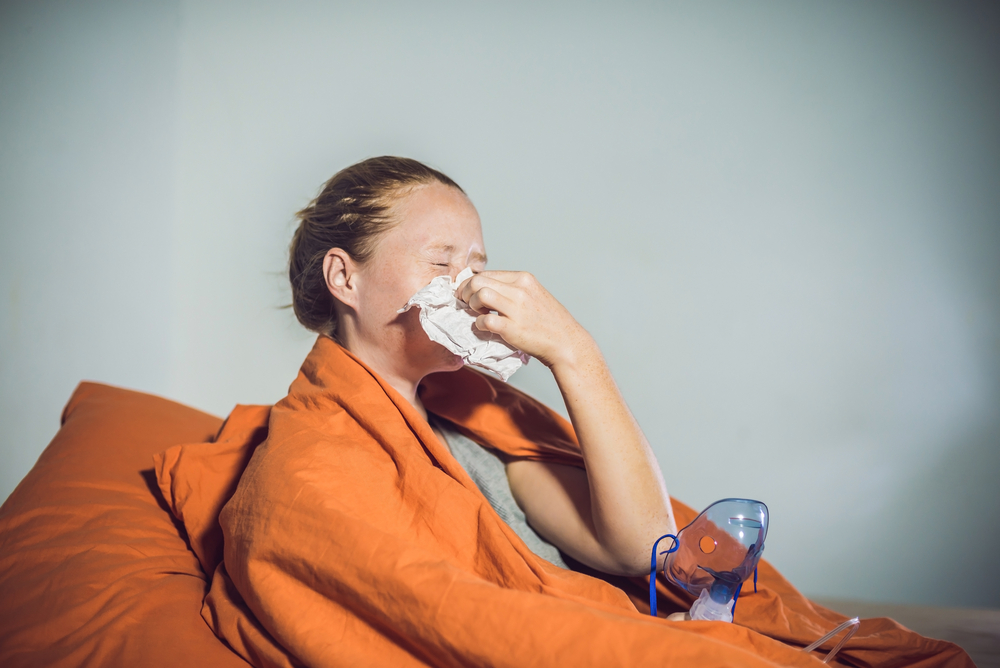Inhaled Hypertonic Saline Solution Helps Sputum Production in CF Children, Study Shows

Inhalation of hypertonic saline solution (HSS) by children with cystic fibrosis (CF) increased sputum production and improved pathogen identification. These results suggest that this simple procedure, if implemented routinely in doctors’ offices and clinics, would help patients who can’t secrete mucus spontaneously.
The study, “Hypertonic Saline as a Useful Tool for Sputum Induction and Pathogen Detection in Cystic Fibrosis,” was published in the journal Lung.
CF patients experience an accumulation of mucus in their airways, an environment that promotes the flourishing of pathogens. Their presence is linked to lung damage, which can ultimately cause respiratory failure, so the early and accurate identification of pathogens is required for a tailored treatment and to improve patients’ life expectancy.
Several tools have been developed to obtain airway secretions used to identify pathogens that cause chronic CF infection, including bronchoalveolar lavage (the gold standard method), sputum expectoration, swabbing (with or without cough), and the use of HSS to induce sputum.
HSS offers a particular advantage since its administration increases mucus clearance, allowing microbiologists to analyze sputum samples from CF patients who are unable to spontaneously expectorate sputum. Despite its benefits, the use of HSS as a tool to diagnose pathogens in children with cystic fibrosis is limited.
In the study, researchers compared the amount of pathogens identified in sputum samples from CF children before and after inhalation of 7% HSS. The analysis included 64 patients who first provided secretion samples by spontaneous expectoration in a dry and sterile bottle. Afterwards, patients received 7% HSS administered through a facemask, and a new secretion collection was performed.
Results showed that inhalation of 7% HSS increased sputum production in CF children from 36% to 52%, with the effects being stronger in those younger than 11 years old. Pathogen recovery and identification was also increased after inhalation of HSS, specifically of mucoid and non-mucoid Pseudomonas aeruginosa, the main pathogen colonizing CF airways.
Additionally, “four new pathogens – Aspergillus fumigatus, Achromobacter xylosoxidans, Ochrobactrum anthropi, and Elizabethkingia meningoseptica – were identified in the sputum samples collected from the airways of patients with CF following 7% HSS,” the team wrote.
Overall, these results suggest that inhalation of 7% HSS increases sputum production and pathogen identification in children with cystic fibrosis.
According to the team, “the inhalation of 7% HSS was feasible and should be implemented for routine pathogen detection in the airways of patients with CF, particularly in those patients who do not produce sputum.”







